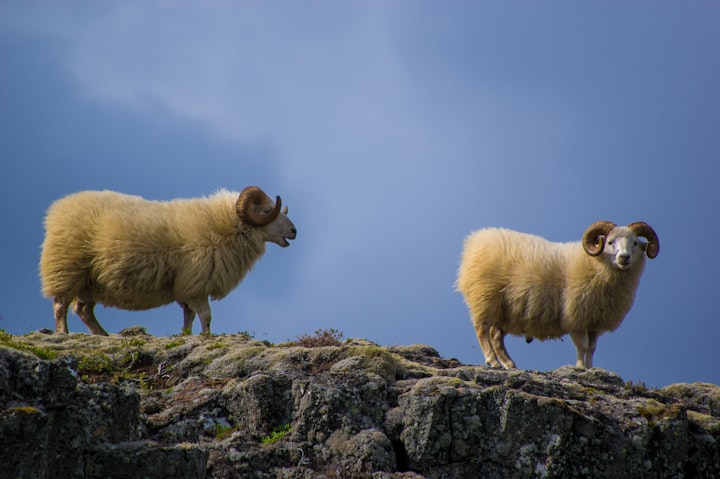Communicating Animals
Exploring the fascinating world of animal communication

Introduction:
The idea of animals being able to talk has been a subject of fascination for humans for centuries. From the talking animals in children's stories to the concept of a "Dr. Dolittle" who can communicate with animals, we've always been intrigued by the possibility of talking animals. While it's true that animals cannot speak in the same way as humans, they do have their own unique ways of communicating with one another, and with us.
In this article, we'll explore the fascinating world of animal communication, including some of the animals that can talk in their own ways.
Parrots:
When it comes to animals that can talk, parrots are often the first to come to mind. These colorful birds are known for their ability to mimic human speech and sounds. They have a unique vocal system that allows them to produce sounds in a way that's similar to humans. Parrots are intelligent creatures that can also learn to associate words with specific meanings and use them in context.
Dolphins:
Dolphins are known for their high-pitched whistles and clicks, which they use to communicate with one another. These sounds are produced by the air sacs in their nasal passages and are used to convey information about their location, prey, and other important details. Research has shown that dolphins are capable of learning and mimicking new sounds, including human speech.
Gorillas:
Gorillas are one of the few primates that can use sign language to communicate with humans. They have a remarkable ability to learn and use language in a way that's similar to humans. In fact, one famous gorilla named Koko was able to learn over 1,000 signs in American Sign Language and use them to communicate with her handlers.
Elephants:
Elephants have a complex system of communication that involves a variety of sounds, including trumpets, rumbles, and grunts. These sounds are used to convey information about things like danger, food sources, and mating opportunities. Research has also shown that elephants are able to recognize human voices and respond to them in specific ways.
Bees:
Bees are known for their unique way of communicating with one another through dance. When a bee finds a new source of food, it will perform a "waggle dance" to let the other bees know where to find it. This dance involves a series of movements and sounds that convey information about the location of the food source.
Chimpanzees:
Chimpanzees, one of our closest primate relatives, have a complex system of communication that involves both vocalizations and body language. They use a variety of sounds to convey different messages, including warning calls, greeting calls, and calls for attention.
Studies have also shown that chimpanzees are capable of learning and using sign language to communicate with humans. One famous chimpanzee named Washoe was able to learn over 300 signs in American Sign Language and use them to communicate with her handlers.
Mynah birds:
Mynah birds are known for their impressive ability to mimic sounds and speech, including human speech. They have a unique vocal system that allows them to reproduce sounds in a way that's similar to humans.
In the wild, mynah birds use a variety of calls and songs to communicate with one another. These vocalizations can convey different messages, including territorial warnings, mating calls, and alarm calls.
Conclusion:
While animals cannot talk in the same way that humans do, they have their own unique ways of communicating with one another and with us. From parrots that mimic human speech to bees that perform intricate dances, the world of animal communication is a fascinating one. By studying and understanding how animals communicate, we can gain a deeper appreciation for the incredible complexity and diversity of the natural world.





Comments
There are no comments for this story
Be the first to respond and start the conversation.